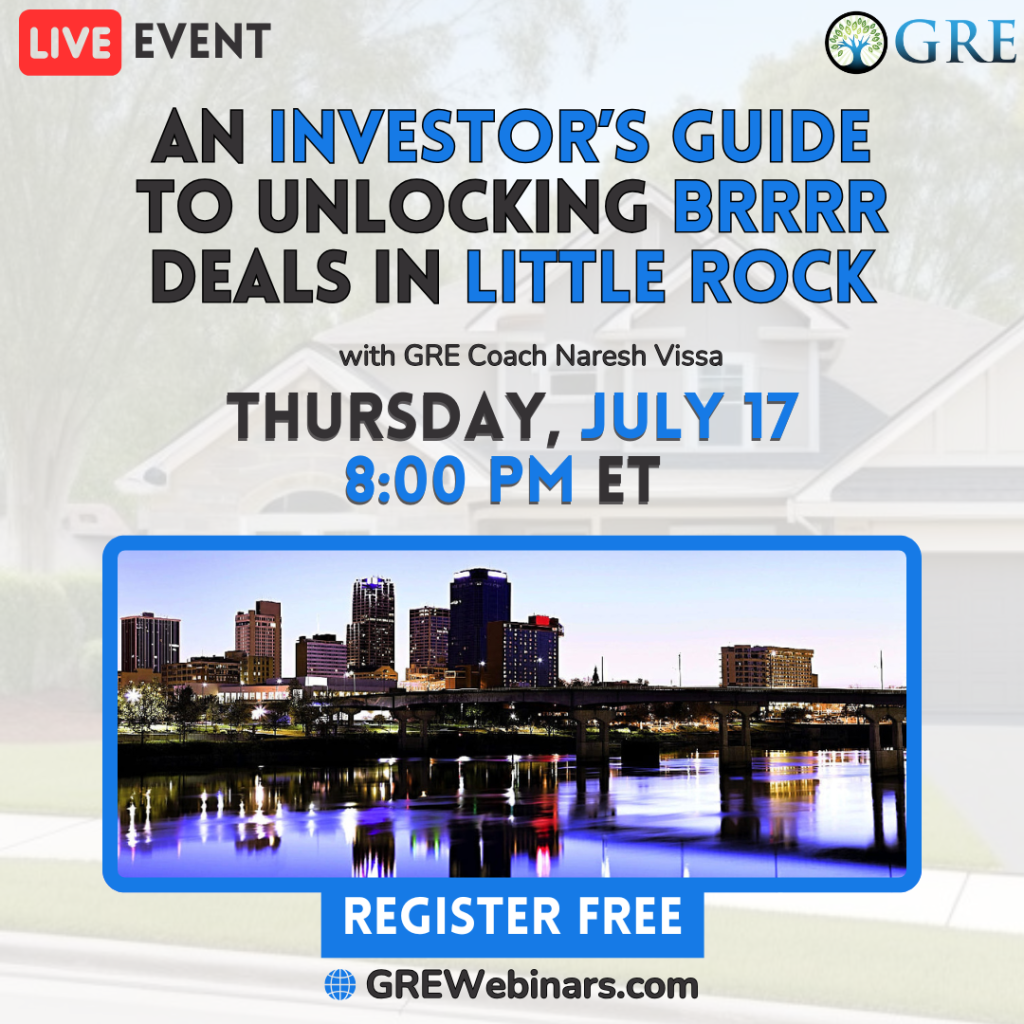I hope that this article won’t offend stock adherents.
We all learn and understand the world through different lenses. I’m about to share the thought paradigm that shifted my own personal journey.
Major stock indices are flirting with bear market territory. This means a value loss of 20% from a recent peak.
The Dow Jones posted its eighth straight weekly loss in calendar week 21, 2022. That’s its longest weekly losing streak since 1923.
Misery loves companies. Big Tech has shrunk to Medium Tech. Even staid reliables like Apple, Target, and Walmart are tanking.
Other than a one-month virus “flash crash” in March of 2020, many Millennials and Gen Zers have zero experience with a sustained bear market.
None have occurred for thirteen years, an unusually long time frame.
Perhaps these investors will “sell low”; maybe they’ll stay the course.
But there’s one simple question that exceedingly few people ever ask themselves…
“Have I actually met anyone that’s ever created wealth from stocks?”
Personally, I never have.
I’m talking about creating wealth. For example, someone that started at “just getting by” or “middle class” and transitioned to “wealthy”, simply through shrewd and savvy stock investing.
But why not?
After all, the S&P 500 has averaged a 10% annual return over time. In order to emphasize compounded returns, old school advisers often cite “The Rule of 72”.
You’ve probably heard of it.
Take 72, divide it by your annual percent return (10), and that’s how many years it takes your money to double.
Therefore, an S&P 500 investor should double their investment every 7.2 years.
Over the decades, several doublings should ensure a fantastic retirement and perhaps even a taste of wealth.
But why doesn’t it?
It’s due to five chief drags—inflation, emotion, taxes, fees, and volatility. Let’s subtract each one from this 10% unadjusted return.
Inflation
Many experts agree that the CPI, currently 8.3%, understates the true rate of inflation. It could be 15% now.
If long-term true inflation averages 5%, then…
…a 10% return minus 5% inflation = 5% inflation-adjusted return.
Emotion
Everyone knows you’re supposed to “buy low” and “sell high”. But many do the opposite.
Why?
One has difficulty buying low because prices have often fallen for a long period of time before the dip. The predominant emotion is discouragement.
Conversely, why isn’t everyone selling high? It’s because prices have grown. It’s hard to sell out of upward momentum. This emotion is euphoria.
However, most people believe that they’re above-average investors—despite the statistical impossibility. This effect is called illusory superiority.
It’s like how 7 out of 10 people believe that they are above-average drivers.
We’ll just say this takes one’s 5% inflation-adjusted return down to 4%. That’s being kind.
Taxes & Fees
Long-term capital gains taxes start at 15%. The highest ordinary income tax rate is 37%, which is the short-term capital gains tax equivalent.
Even if funds are sheltered in a 401(k) or many retirement account types, you must begin paying taxes in retirement.
Fees vary widely.
An S&P 500 investor’s return adjusted for: inflation, emotion, taxes, and fees is often below 2%.
We’re not done.
Volatility
Many miss this.
The Rule of 72 and other projections are based on a fixed annual rate of interest.
It’s called the compound annual growth rate (CAGR). More here.
Our example from above assumed a smooth, exact 10% every single year.
This is irresponsibly quixotic. The real world doesn’t work this way.
Let’s say that a price falls 20%—a bear market. It must gain 25% to get back to “even”. That’s just math.
If it falls 40%, it must gain 66.7% just to return to sea level.
Using a smoothed CAGR diminishes the damaging effect of return volatility.
So let’s take our 2% return that’s already been adjusted for: inflation, emotion, taxes, fees. Now subtract out volatility.
You can see why real rates of return are often less than 0% for stock, mutual fund, and ETF investors.
Real stock returns often crumble faster than a Nature Valley granola bar. They’re not good for you either—full of sugar and canola oil.
Note that I even used what many consider “good times” in my example—a 10% return.
This analysis wasn’t deeply technical nor replete with formulas for pinpoint accuracy.
It helps you begin to understand why you rarely—if ever—met anyone that acquired wealth with these vehicles.
About ten years ago, while working at the state Department of Transportation in an 8′ x 10′ blue cubicle, I began to realize some things:
- Investing in retirement plans makes me safe and normal. I don’t want a life that’s safe and normal.
- Every dollar invested in stocks and mutual funds is a dollar that cannot leverage other people’s money.
- Retirement plans provide zero income until I’m old.
- I won’t get ahead by following the herd.
Later, I interviewed the man that actually invented the 401(k) plan, Ted Benna.
Benna told me directly that the plans don’t serve people the way they were intended. This helped complete my catharsis.
Note that I haven’t owned any stock, mutual fund, or ETF-based investment since 2014.
Real estate has some drags too. For example, investors often underestimate their maintenance and repair costs.
Ultimately, the fact that Real Estate Pays 5 Ways™ is why it’s superior. It’s how anything less than a 20% to 25% fully-adjusted rate of return is disappointing (learn more).
Because real estate is illiquid, it’s a healthy barrier against “panic” buying or selling. Illiquidity diminishes the deleterious effects of emotion and volatility.
I don’t know anyone who retired early off of their stock portfolio.
I do know investors who have created financial freedom through real estate, a lot of them, and I’m one.
The short story about why I’ve met countless people that have graduated from middle class to wealthy through real estate is leverage.
Some of this is natural bias because I hang out in real estate circles, so I meet more of these people.
To stock investors, leverage is only available to more sophisticated types. Even then, it often comes with margin call risk. It’s in a more limited measure than its wide availability in real estate.
Bear markets make people re-evaluate things.
To a younger investor that’s potentially experiencing their first sustained stock bear market now, it’s important to understand that…
…generally, stocks are not a game designed to build wealth for everyday people anyway.
Times like these make people revert to fundamentals.
Ultimately, your success as an investor hinges upon your ability to provide others with value.
There have been few times in modern history when owning real estate demonstrates more intrinsic value than it does today.
You’re providing others with what has increased in usefulness and is historically scarce in supply.
Wealth comes down to your ability to be valuable.
Thought getting your money to work for you creates wealth? It doesn’t! That’s a myth. My one-hour investing video course is now 100% free: Real Estate Pays 5 Ways. For a limited time, you can learn how wealth is really created, here.




